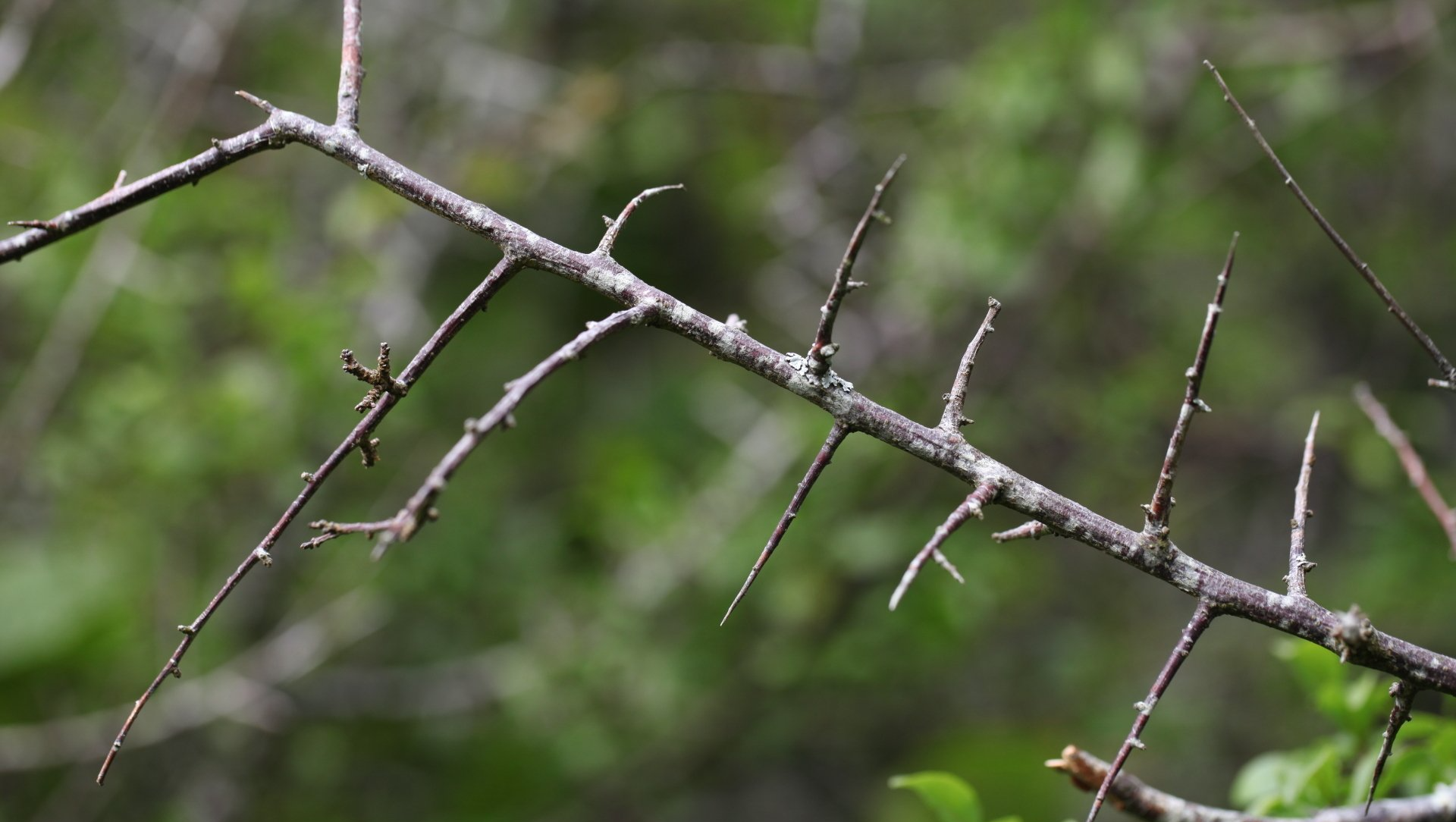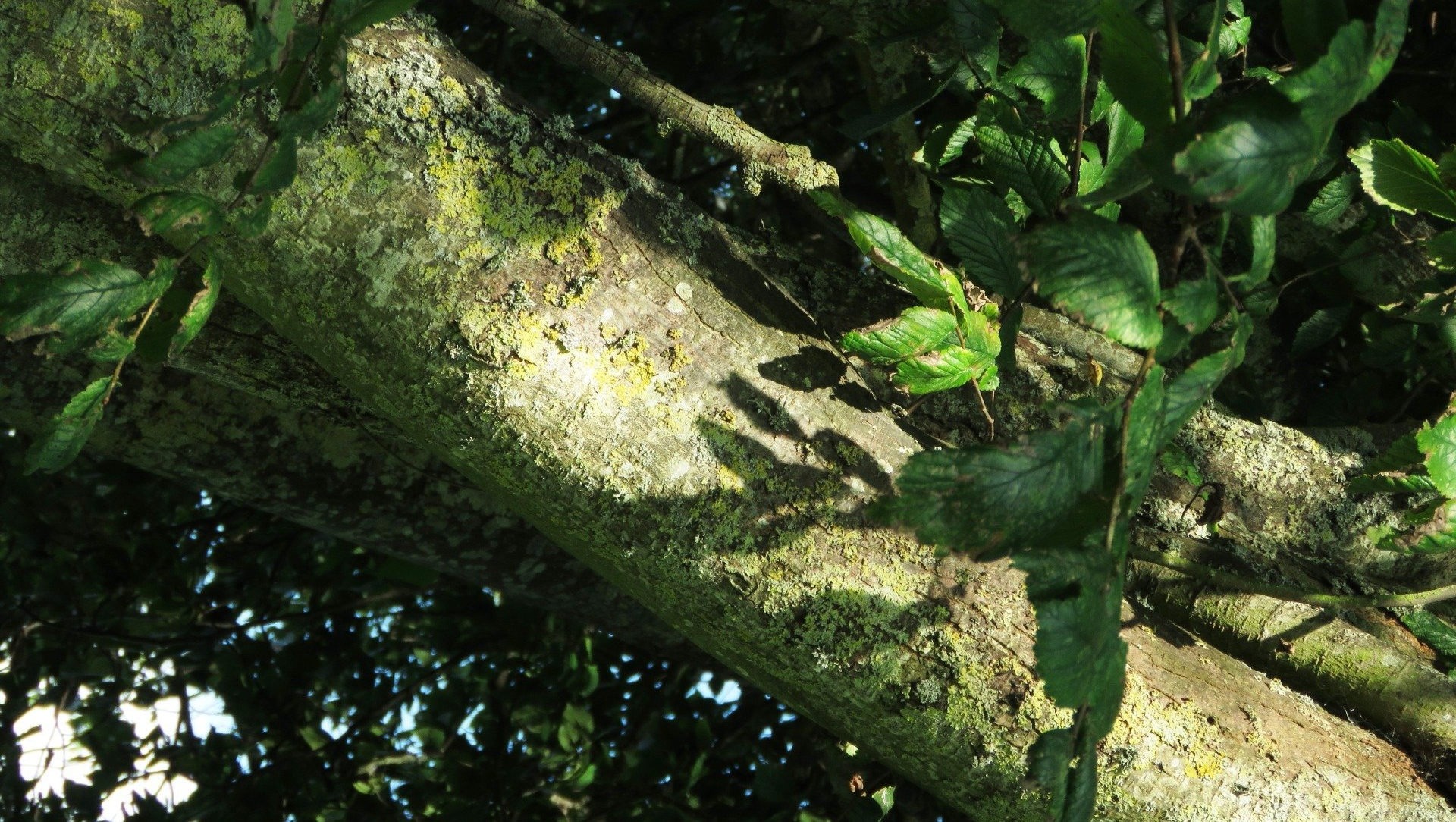Trees - The Eastern Claylands
The Eastern Claylands snake from Essex to south Norfolk and encompass ancient and veteran trees, rare woodlands, established hedgerows, beautiful parklands and sparkling river valleys.
Home to rare species including the hazel doormouse, turtle dove and the black poplar, its combination of natural features makes the landscape incredibly special for biodiversity.
Esther Rosewarne is from the Woodland Trust and says a huge amount of work is being done at ground level to try and increase levels of natural abundance.

The Eastern Claylands
The Eastern Claylands spans from Essex to South Norfolk and is a largely agricultural region famous for its pretty villages and market towns. 200 years ago this area inspired a number of John Constable’s famous paintings, and many ancient landscape features remain today, including hedgerows, ancient and veteran trees, woodland, wood pasture, parkland, and river valleys. The region is home to many rare species, including the Hazel Doormouse, Turtle Dove, and iconic Black Poplar tree. It's this combination of natural features that make the landscape special and important for biodiversity, local communities, and tourists.
Today’s Challenges
Sadly, the trees and woodlands of the Eastern Claylands are in trouble. The trend of amalgamation of smaller farms is continuing, along with more intensive land management. The traditional use of trees for fuel and fodder is no longer appropriate to land managers, so the makeup of our precious ancient woodlands is changing. All of this is tough on trees, and the result is an ongoing decline in trees outside woods (TOWS), hedgerows, and habitat connectivity in the landscape. Increasingly, nature has nowhere to spread its wings!

What’s more is that a third of all trees outside of woodlands here are Ash, as this was the preferred tree to replace Elm trees that succumbed to Dutch Elm Disease, particularly in field boundaries and roadsides. However, Ash Dieback is now prevalent in the area and high loss of trees is expected. The second most prevalent tree is Oak, which is sadly being impacted by acute oak decline. There’s no doubt that it’s time to take action for our trees.
What are we doing?
The Woodland Trust has been working in the
Eastern Claylands
with landowners for a long time, mainly delivering support for the creation of new native
broadleaved woods in the right places, as well as providing trees to other conservation organisations. This helps to replace lost trees, restore vital habitat connectivity for wildlife, and sequester carbon (see video below).
To date, our projects have ranged from funding wildlife-friendly agroforestry projects, to trialing innovative ways to bring more woodlands into management so that rare flora and fauna can thrive on the forest floor.
But we know we can’t solve the challenges in the Eastern Claylands on our own. That’s why we’re working in partnership with other lots of other organisations at landscape scale to make meaningful change. These range from conservation organisations like Wildlife Trusts and the RSPB, to local authorities and Tree Council Tree Wardens. Combined, our knowledge and experience will help to achieve our vision for a resilient landscape.
In 2021 alone, we partnered up with the Suffolk Tree Warden Network and Suffolk County Council to distribute 300 tree packs to landowners and Tree Council Tree Wardens across Suffolk. That amounted to 15,000 trees and 5,000m of hedgerow! We will continue working with partners across the Eastern Claylands in the long term so that trees, wildlife, and people, can flourish in a resilient landscape.

Get Involved
Would you like to do your bit for trees and woodlands? There are plenty of ways to get involved, and not just in the Eastern Claylands – from participating in local tree planting initiatives to joining the
Tree Council Tree Wardens in your area. For details on Suffolk’s tree wardens see the STWN
website or follow them on
@SuffolkTrees.
Community groups and schools can apply for free tree packs for winter planting on the Woodland Trust’s website .Just make sure you’ve got permission from the landowner before planting your trees!
If you’re a landowner in the Eastern Claylands and you’d like to hear more about planting trees on your land or protecting and enhancing your woodland, head over to the Woodland Trust website.
Cover image: C Garry Battel
WildEast Blog

Powered by LocaliQ
Follow Us
SIGN UP FOR NEWS & UPDATES
Newsletter Sign Up
Thank you for signing up to our newsletter.
Please try again later.
Privacy / Terms & Conditions / Sitemap
